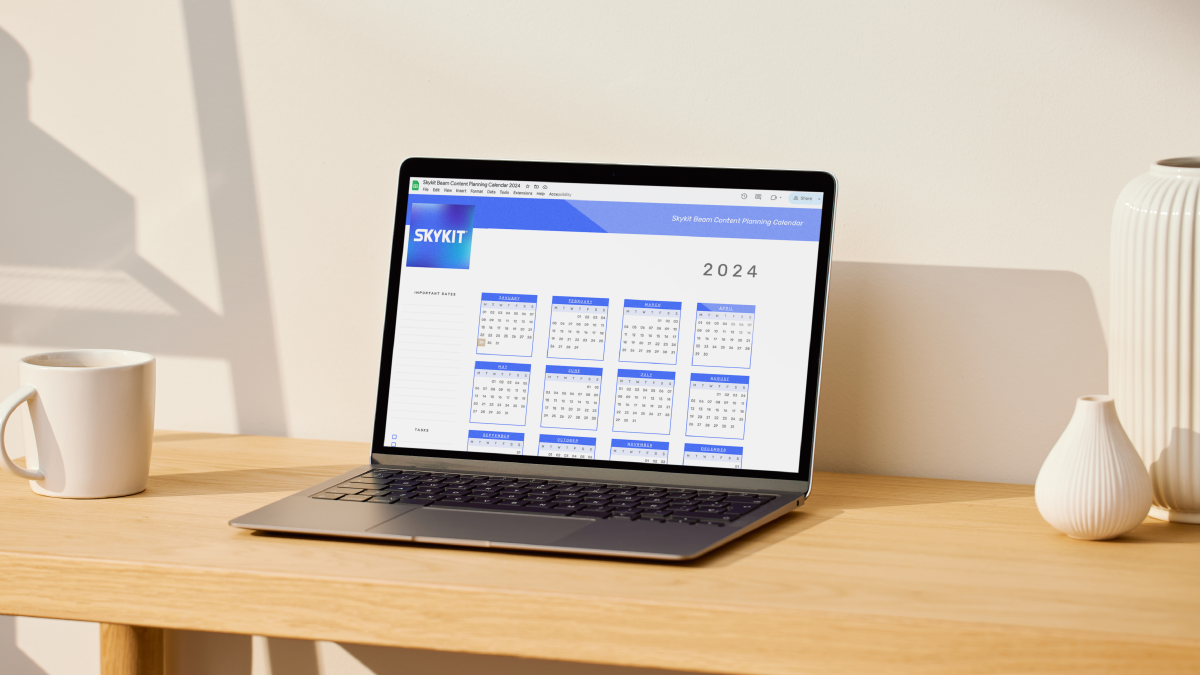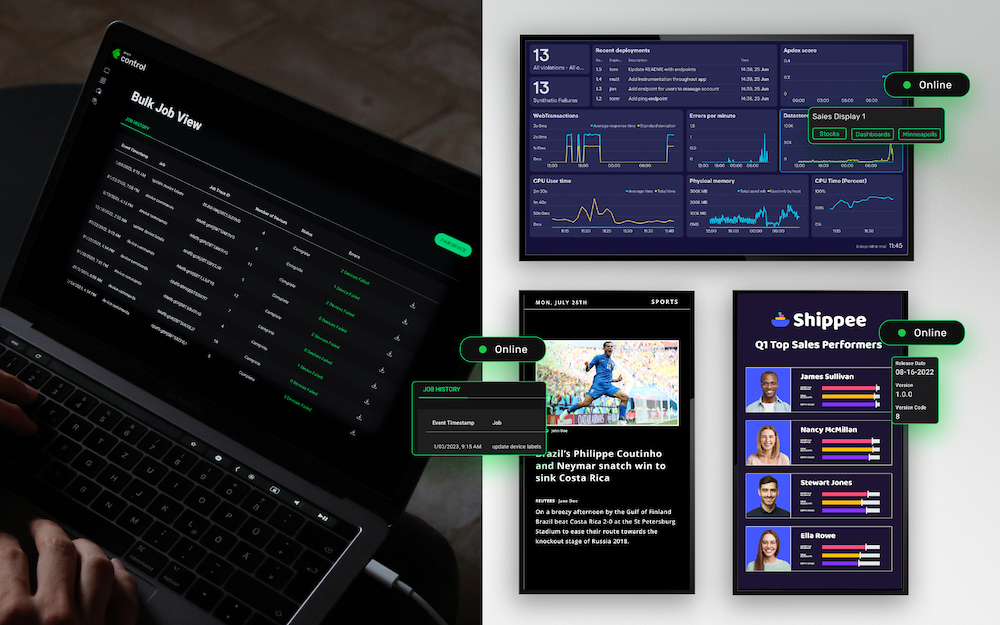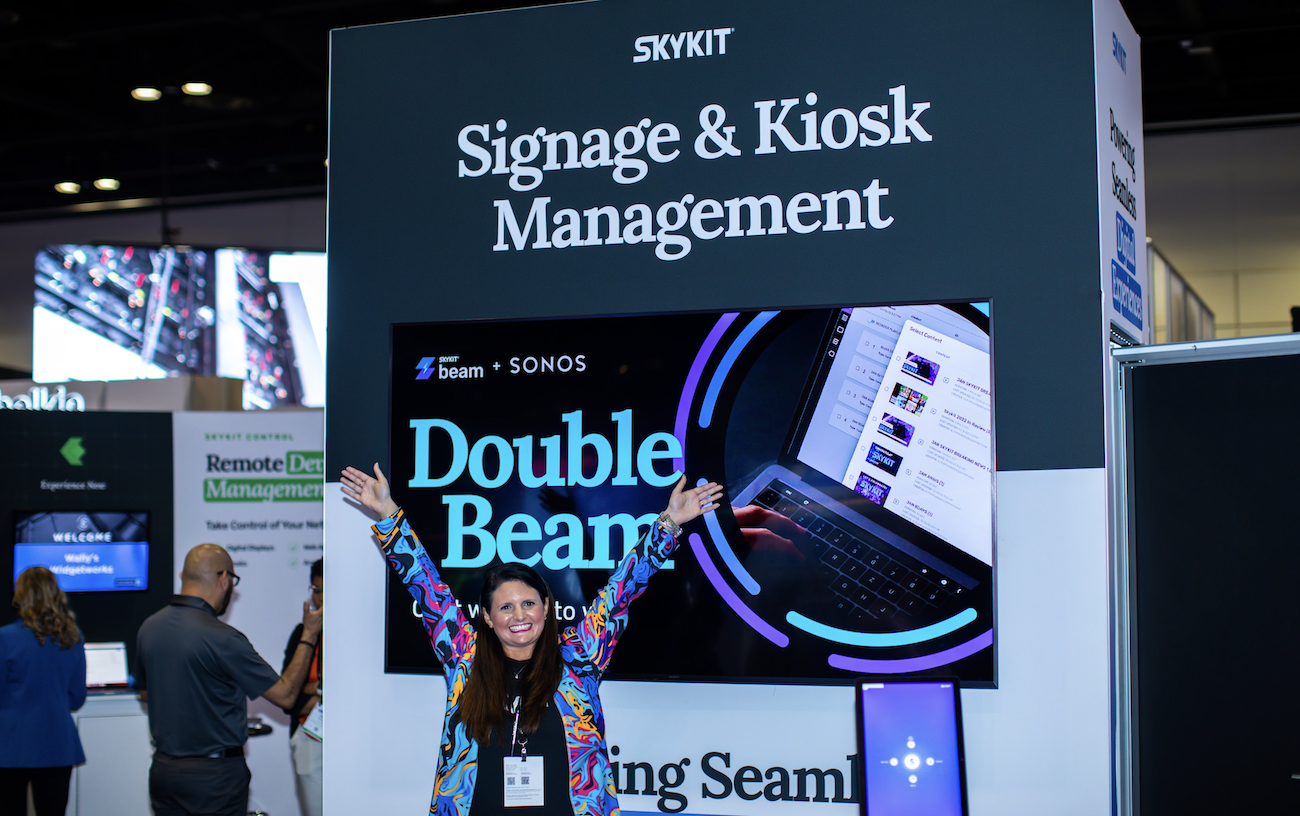So you own or manage a retail store and you’re looking for ideas about creatively using retail digital signage. Perhaps you want to…
- use digital displays to increase sales.
- use an advertising network to attract more customers.
- use screens to track customers’ preferences in order to fine-tune your promotions.
With so many ways to use digital signage, it can be hard to decide what to do, let alone how to do it.
But here’s the good news…
It doesn’t have to be hard. As a matter of fact, it really isn’t difficult at all. Here are five ways you can use digital signage in retail to increase sales, attract customers, and track customer data.
Retail Digital Signage Tips
1. Create A Contest
Everybody loves a good contest.
Not to brag, but when I was seven, I won a box of Crayola crayons by coloring the best picture in a Halloween contest. I’ve been hooked on winning ever since. And I’m not alone—most people out there have a strong desire to win.
Armed with this information, some retail stores create contests and use digital signage to encourage customers to enter photos of themselves using a particular product.
The winner may get free merchandise, a gift card, or maybe public recognition and bragging rights to their friends. What your customers win is completely up to you.
With this type of contest, all of the entry photos are usually posted on social media, which can significantly elevate your company’s brand.
Not only does the contest engage customers by getting them to play along, it entices others to visit the retail location to see what all the hype is about.
2. Implement Social Media
Smart retail businesses rely heavily on social media. If you don’t have a Facebook business page a Twitter feed or an Instagram account, your business may not be on the radar of potential customers.
When retailers integrate live social media feeds with a digital signage campaign they can engage more people, enhancing brand awareness.
It’s free advertising for their business, too. If a customer tweets something about a positive experience, their followers, as well as the retailer’s followers, will hear about it.
Depending on your content management system (CMS), you can display feeds from Instagram, Twitter, etc. and let them roll on your screen.
Why do people love this?
Because there is a certain thrill when they can create a Tweet and see it come up on a big screen before them. Especially when it’s a selfie.
To date, 35 million selfies have been posted on Instagram.
The Superdrug Beauty Studio in Wales understands the digital customer experience and is cashing in on it. Throughout their stores, commercial screens share information about various products. Some of the signs are actually interactive mirrors that let customers experiment with different hair colors or accessories.
Digital screens that allow customers to virtually ‘try before they buy’ are engaging and fun. They also help increase sales.
Superdrug Beauty Studio goes even further, providing iPads so shoppers can share their selfies to their favorite social media accounts.

3. Be Interactive
Interactive digital signage campaigns are some of my favorites. They really take the customer experience to a whole new level.
At Nordstrom in Chicago, a touchscreen dubbed the ‘Digital Denim Doctor’ allows buyers to enter their body shape, type of preferred fabric, and other key points to create an algorithm that displays a 360-degree view of how the jeans will look on the user’s body.
The best part? Users love it.
Because they love it, they’ll tell their friends about the super-cool digital mirror that put pants on them without having to actually change clothes. Their friends will come in droves to check it out.
The more customers that fill the store, the more sales that fill the register. It’s a win-win.
4. Use Video
Some of the most powerful digital signage campaigns come in the form of video. YouTube is the 2nd most visited website in the world right now, with more than 4 billion videos watched every day. Retailers can’t afford to overlook video—and YouTube in particular—in their digital marketing plans.
Like other social media outlets, retailers’ YouTube videos can be streamed live in the store. The videos can debut new products, announce pop up sales, and for tutorials, demonstrating a product’s various attributes (e.g. how to accessorize a single dress to make it appropriate for work, cocktails, or Casual Friday).
For the tutorials, engage customers in the store by asking them to play along and accessorize an outfit, then capture a quick video to share with a specific hashtag, making it appear in the YouTube stream on your displays. Customers will love to see their own content in the store, and the retailer can respond to the customer videos, and customers can interact with each other.
The bottom line: use video to elevate brand awareness, engage customers, and drive store traffic, all of which lead to more sales.
5. Harness Customer Data
Justifying the funds to purchase the software and hardware needed for a digital sign is one of the primary factors that keeps some retailers from moving into the Digital Age.
If a business is going to spend several thousand dollars on a digital sign, they need to know how quickly it can convert a sale. What’s more, they want to know if it can be useful in ways other than showcasing sale items or promoting interaction.
There has to be something else to digital displays, right?
There is. It’s the ability to harness customer data via the signs. Retailers want to know:
- who is following them on Twitter?
- which hashtags are trending?
- who just placed an order using the in-store signage?
Per an article published at AVNetwork.com, TJ DiQuollo, a California-based creative who has done several projects in the retail industry said, “Data is huge. That’s the next gold rush. Everybody wants to capture as much data about their customers as possible.”
This can be accomplished by integrating software that prompts customers to enter their data. Some software uses cameras to capture data and see who’s buying what and how often.
“Figuring out where people go, how long they dwell—that’s very relevant information we help them capture,” DiQuollo said.
“[you need to] identify and capture the data, through sensors and cameras, of who’s walking in, who’s walking out, if people are congregating toward this area of the store. That’s valuable for product placement, and to figure out what’s the best flow.”
Conclusion
Thanks to smartphones, buying digitally is an expectation that can’t be denied. To get more customers into brick and mortar stores, retailers need to provide the very element we enjoy from our couches every day–the ability to purchase digitally.
The right digital signage campaign can track customer data, entice buyers with powerful interactive media, and attract more customers into the store.
And once you have customers in the store, it’s crucial that you capture their attention with your digital signage campaigns. Video can do that and should be a top priority for digital marketers in retail.
How do you use digital signage in retail? Has it increased your customer base?
Last updated: 11/25/19



